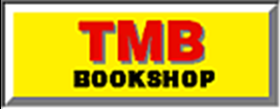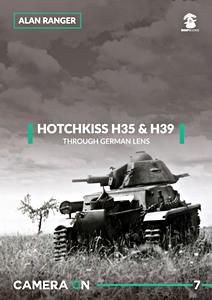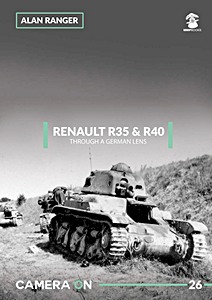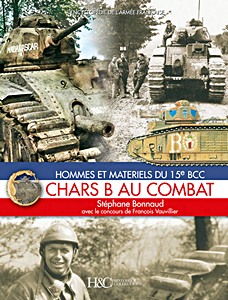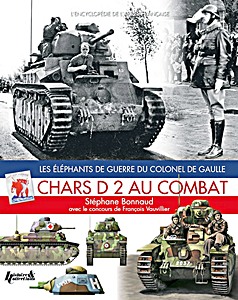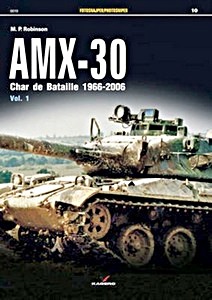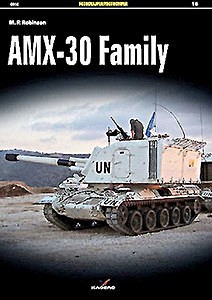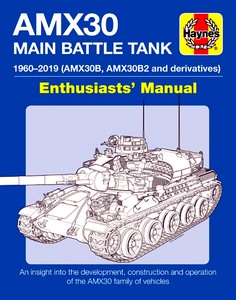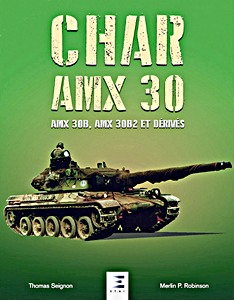Chars D2 au combat - Les éléphants de guerre du colonel de Gaulle
En 1937, le colonel de Gaulle passe de la théorie à la pratique. L'homme du « char-papier », auteur en 1934 d'un véritable manifeste en faveur du corps cuirassé - Vers l'armée de métier, son plus célèbre ouvrage - va commander pendant deux ans à Metz un régiment de chars de combat, le 507e RCC.
Là, disposant des chars puissants de 20 tonnes, type D 2 construits par Renault, il fait de son unité, soumise à une discipline sévère et un entraînement de tous les instants, un remarquable outil de combat dont il attend « toujours le plus ».
La guerre survenue, Charles de Gaulle reçoit un commandement supérieur, à la 5e armée. Pour autant, il ne quitte pas ses chars D 2 des yeux et les présentera au président Lebrun, sur le front des troupes à l'automne 1939, au cours d'une séquence demeurée célèbre.
Et, au moment d'engager la bataille, le 16 mai 1940, les premiers chars à rejoindre sa 4e division cuirassée créée ex-nihilo, sont, une fois encore, les D 2. Ces matériels armés d'un excellent canon de 47 antichar seront engagés offensivement à Montcornet, puis à Crécy-sur-Serre et sur la Somme devant Amiens, avant de participer aux derniers barouds de la bataille de France.
Une épopée de sang et d'acier, au cours de laquelle les équipages n'auront pas démérité.
Details
| Autor: | Stéphane Bonnaud |
|---|
| Ausführung: | 176 Seiten, 31 x 23 cm, gebunden |
|---|
| Abbildungen: | reich illustriert |
|---|
| Verlag: | Histoire & Collections (F, 2015) |
|---|
| ISBN: | 9782352504450 |
|---|

